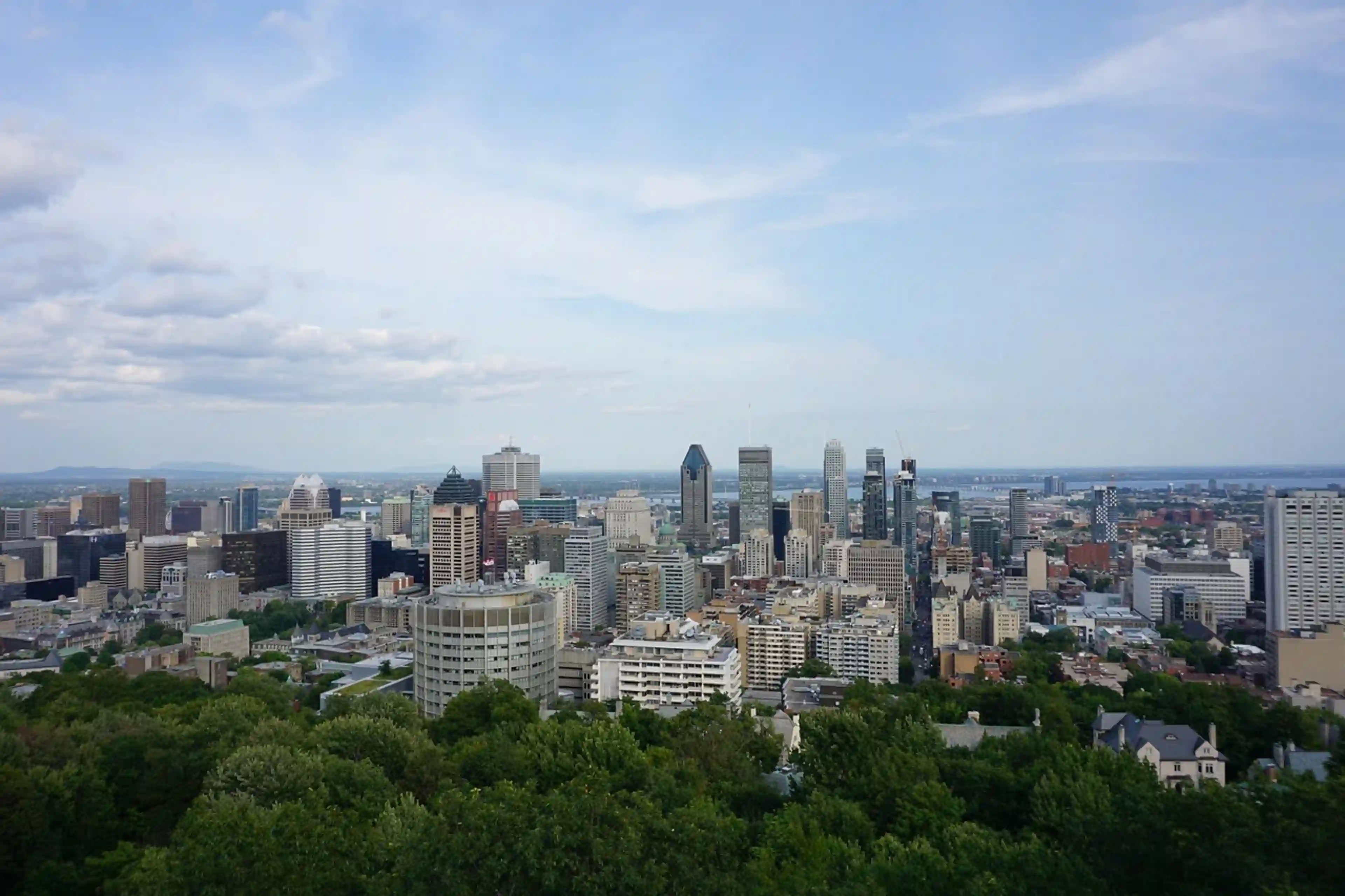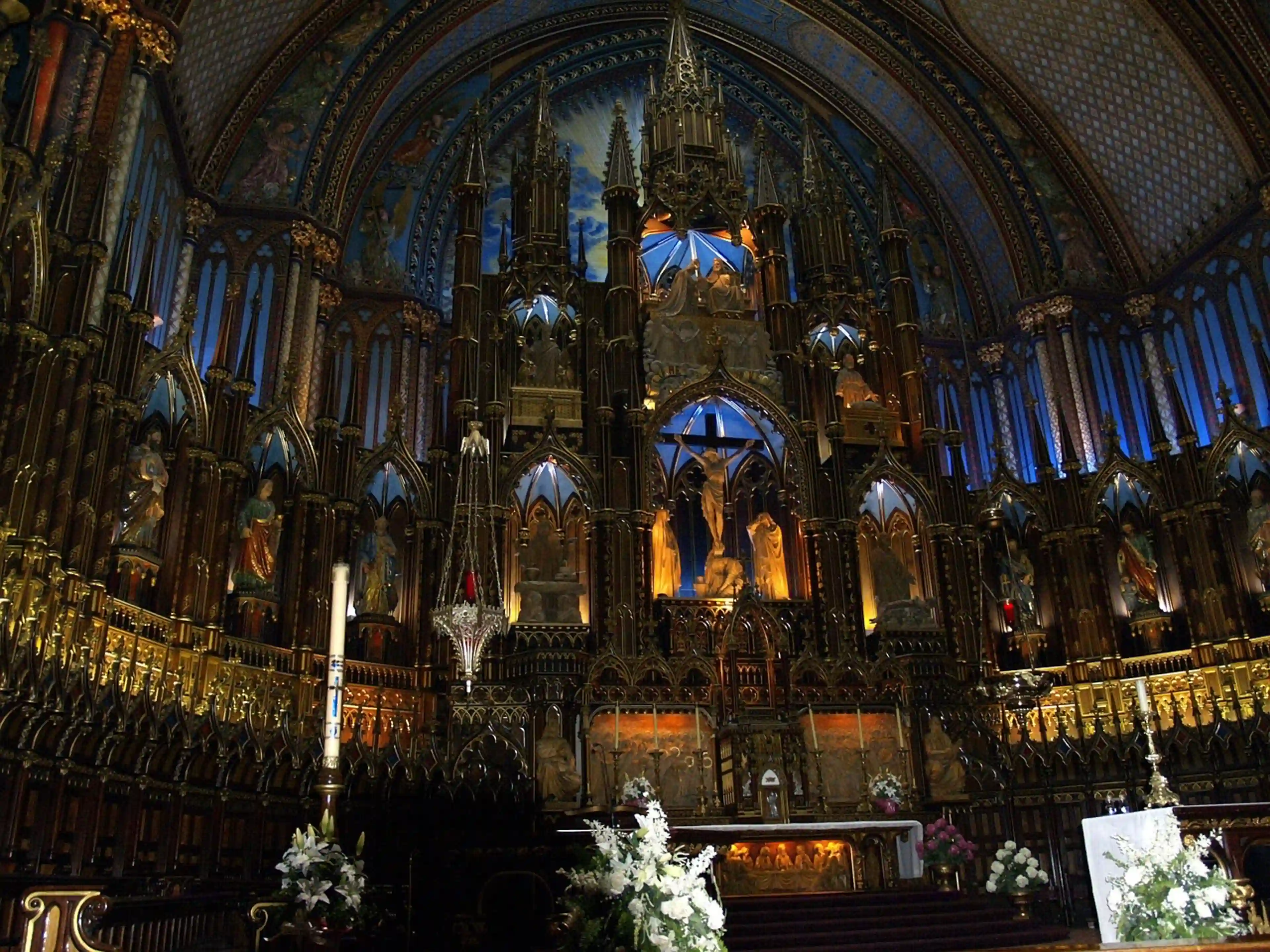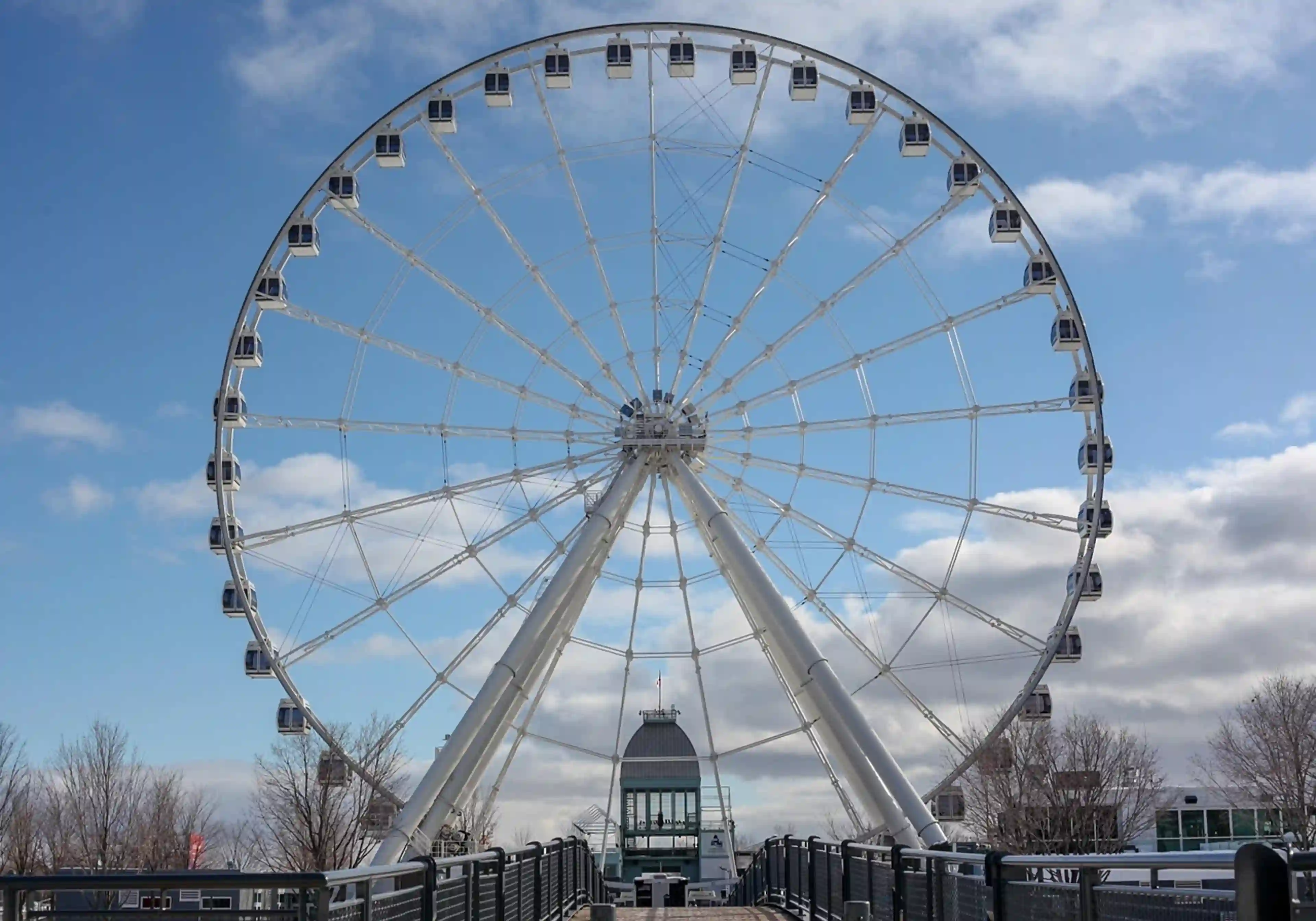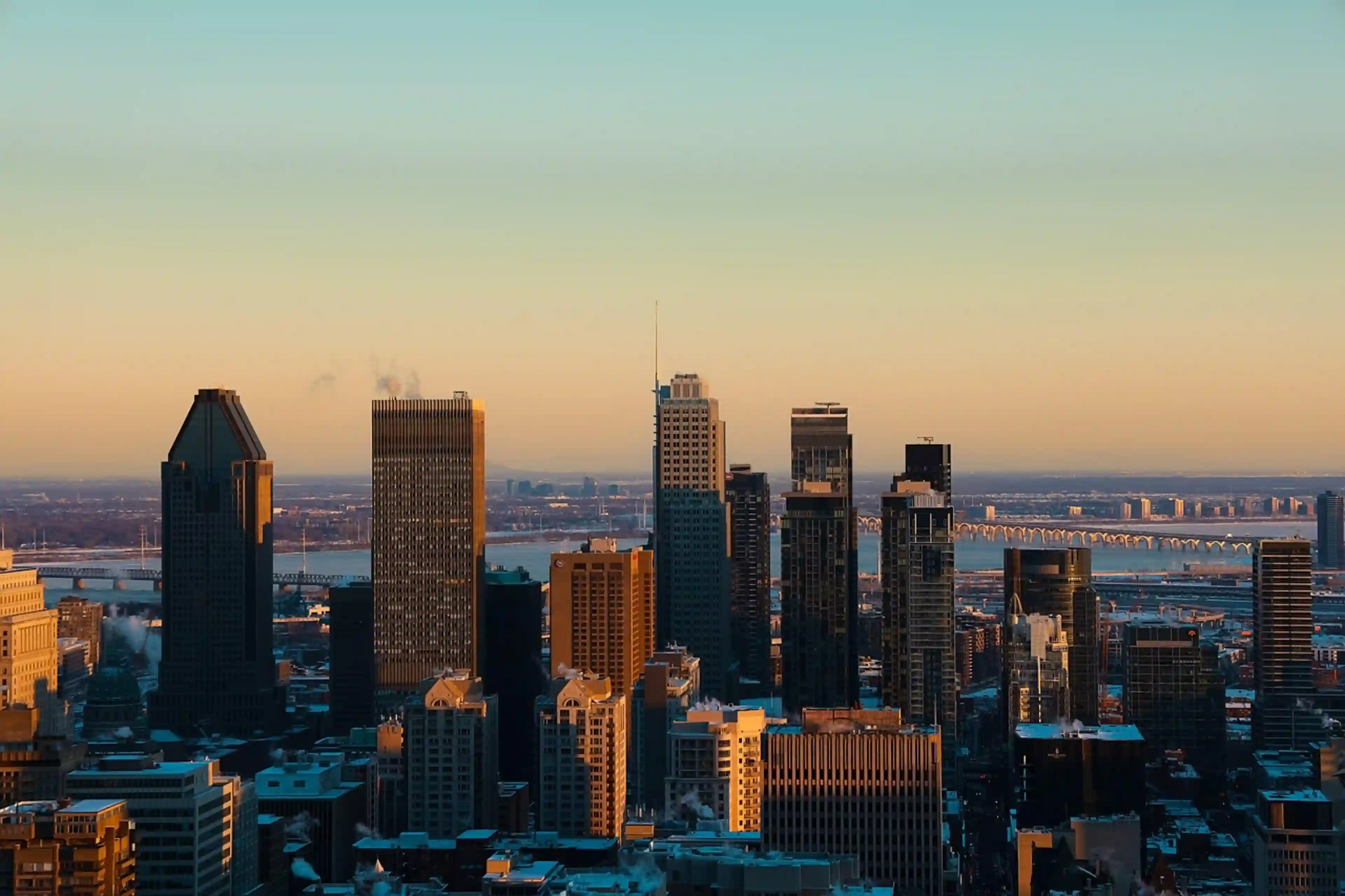Montréal
General presentation
Top 50
History, culture & traditions
Travel advice
Wikipedia
Viator activities
Tiqets activities
Global presentation
As the largest city in Quebec and the second largest metropolis in Canada after Toronto, Montreal stands out for its exceptional cultural dynamism and remarkable ethnic diversity. This cosmopolitan metropolis is an important financial, educational, and technological center, housing several renowned universities and a thriving arts scene. The uniqueness of Montreal lies in its harmonious blend of European and North American influences, creating a distinctive urban identity that charms both visitors and residents.
Geographical location
Located on the island of Montreal, the largest island in the Saint Lawrence River, the city occupies a strategic position at the confluence of the Saint Lawrence River and the Ottawa River. Situated in the southwest of Quebec, it is close to major North American urban centers:
- 70 km from the American border
- 600 km from New York
- 500 km from Toronto
The territory is characterized by a generally flat relief, dominated by Mount Royal which rises to an altitude of 233 meters. The island is bordered by the Rivière des Prairies to the north and bordered by the Montérégie region to the south.
Ambiance and character
Montreal captivates with its unique atmosphere that elegantly marries European refinement with North American dynamism. The lively streets of downtown contrast harmoniously with peaceful residential neighborhoods, adorned with the famous spiral staircases and colorful facades typical of Montreal architecture.
The city's reputation for hospitality and open-mindedness is reflected in its exceptional culinary scene and rich, diverse cultural life, testament to the multicultural mosaic that makes up this Quebec metropolis.
Climate
The city enjoys a humid continental climate characterized by strongly contrasted seasons. Harsh and snowy winters often bring negative temperatures, creating ideal conditions for winter sports and activities. Summers are warm and sometimes stormy, with temperatures exceeding 30°C, allowing for full enjoyment of outdoor spaces and neighborhood life.
Best season to visit
The summer period, extending from June to August, constitutes the optimal season to discover Montreal. Pleasant temperatures ranging from 20 to 26°C during the day create perfect conditions for urban exploration on foot or by bike. This period coincides with the season of major international festivals that transform the city into a true cultural stage:
- Montreal International Jazz Festival
- Les Francofolies
- Just for Laughs Festival
These events particularly enliven the Quartier des Spectacles and contribute to the summer cultural vibrancy.
Access
Access to the metropolis is primarily through Montreal-Trudeau International Airport, located about 20 kilometers from downtown. For ground connections, Central Station serves as the main rail hub, offering connections to various Canadian destinations. The highway network, particularly highways 20 and 40, ensures road links with other major cities in Quebec and Canada.
Internal transportation
The Société de transport de Montréal (STM) manages an efficient public transport network comprising four fully underground metro lines and a vast bus network. The metro operates until approximately 12:30 AM on weekdays and 1:30 AM on weekends.
For soft mobility, the city offers:
- A vast network of bike paths
- The BIXI bike-sharing system, available from late April to December
These diverse transportation options greatly facilitate urban travel and exploration of the various Montreal neighborhoods.
Top 50
Wikipedia
Viator activities
Tiqets activities



